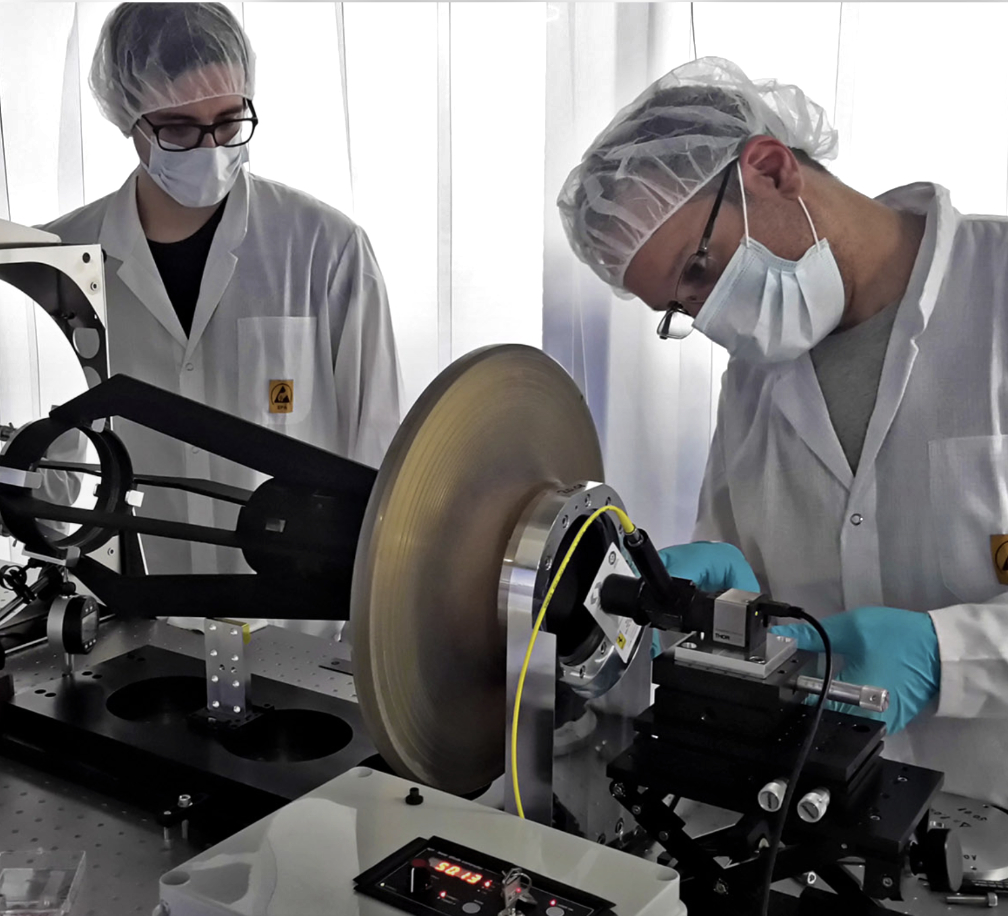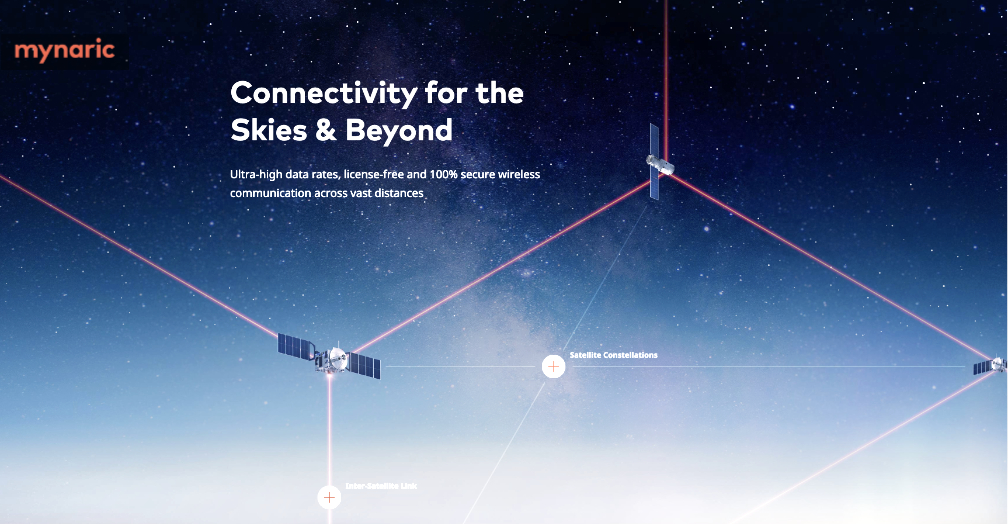
Mynaric and SpaceLink have signed a definitive agreement on the sale of optical inter-satellite link (OISL) terminals for satellites in MEO with a total order volume of up to $28 million, depending on exercised options and SpaceLink’s satellite prime selection.

Mynaric expects to ship SpaceLink’s first units during the first quarter of 2023. The deal includes mutually agreed upon milestone payments leading up to initial delivery.
The agreement follows the framework previously announced that also includes potential follow-up orders and further collaboration between the two companies. In addition to this announcement, Mynaric is expected to provide SpaceLink LEO optical communication terminals (OCT) for SpaceLink customers. These terminals would interface with the SpaceLink MEO data relay service. Both agreements significantly strengthen the relationship between the two aerospace organizations to mutual benefit.
“The final details of this agreement are just the beginning of a strategic partnership designed to bring fast, highly secure and continuous communications between spacecraft and the ground. Our industrialized approach to production will allow us to meet the expanded needs as SpaceLink’s constellation grows,” said Tina Ghataore, president, Mynaric USA and Chief Commercial Officer, Mynaric.
SpaceLink is building an information superhighway for the space economy that will help advance humanity to a new age of space commerce, exploration, environmental awareness, and security. The Always in Sight data relay system provides global coverage to empower space system operators to maximize use of their assets. SpaceLink Corporation is headquartered in the Washington DC area and has offices in Silicon Valley, California and is a wholly owned subsidiary of Electro Optic Systems Holdings Limited, a public company traded on the Australian stock exchange.
data relay system provides global coverage to empower space system operators to maximize use of their assets. SpaceLink Corporation is headquartered in the Washington DC area and has offices in Silicon Valley, California and is a wholly owned subsidiary of Electro Optic Systems Holdings Limited, a public company traded on the Australian stock exchange.
Mynaric (M0Y, ISIN: DE000A0JCY11) produces the optical fiber for the skies and, as a pioneer of laser communication, enables extremely fast and secure wireless data transmission between aircraft, drones and satellites. Globally, the need for fast and ubiquitous network connectivity is advancing inexorably. Data networks such as the internet are now largely based on infrastructure on the ground which cannot be expanded arbitrarily for legal, economic or logistical reasons. The future, therefore, calls for an expansion of the existing network infrastructure into air and space. Mynaric provides laser communication products to establish the necessary data highways for telecommunication constellations in air and space.




 company, is creating a bustling, in-space economy through on-orbit refueling. “We are designing the future of sustainability and mission flexibility for spacecraft, making docking and transferring fuel so reliable it gets boring,” said James Bultitude, Chief Engineer, Orbit Fab. “Public awareness is vital to ensuring that the difference between a safe, consensual rendezvous and a collision event is known and understood. Slingshot Beacon will streamline this communication, essential for successful maneuvers in the growing satellite servicing segment.”
company, is creating a bustling, in-space economy through on-orbit refueling. “We are designing the future of sustainability and mission flexibility for spacecraft, making docking and transferring fuel so reliable it gets boring,” said James Bultitude, Chief Engineer, Orbit Fab. “Public awareness is vital to ensuring that the difference between a safe, consensual rendezvous and a collision event is known and understood. Slingshot Beacon will streamline this communication, essential for successful maneuvers in the growing satellite servicing segment.”
 rideshare mission in LEO.
rideshare mission in LEO. 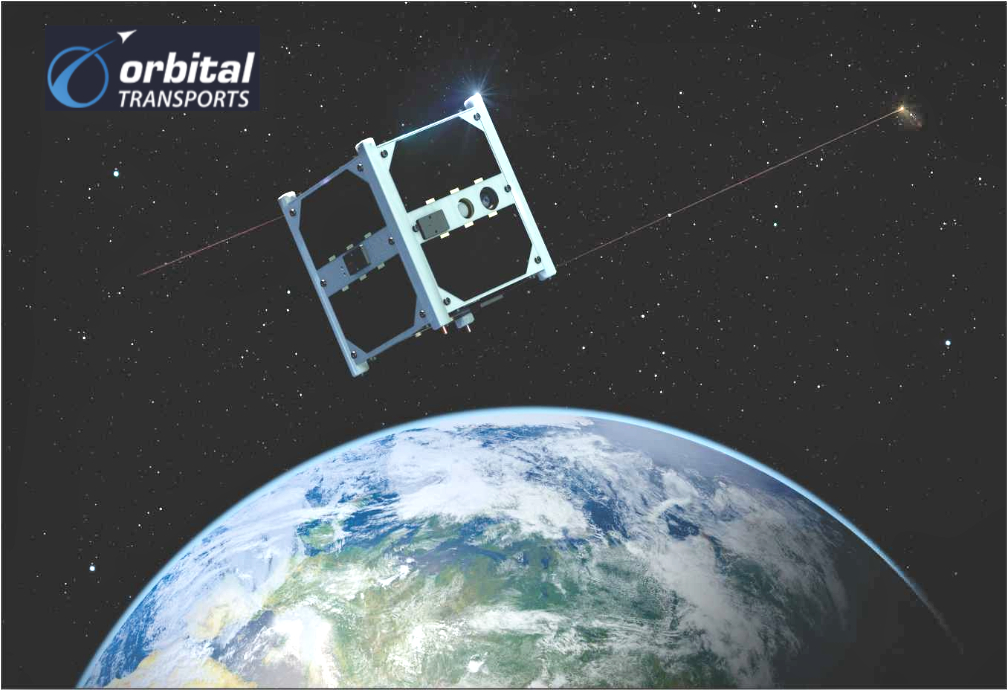

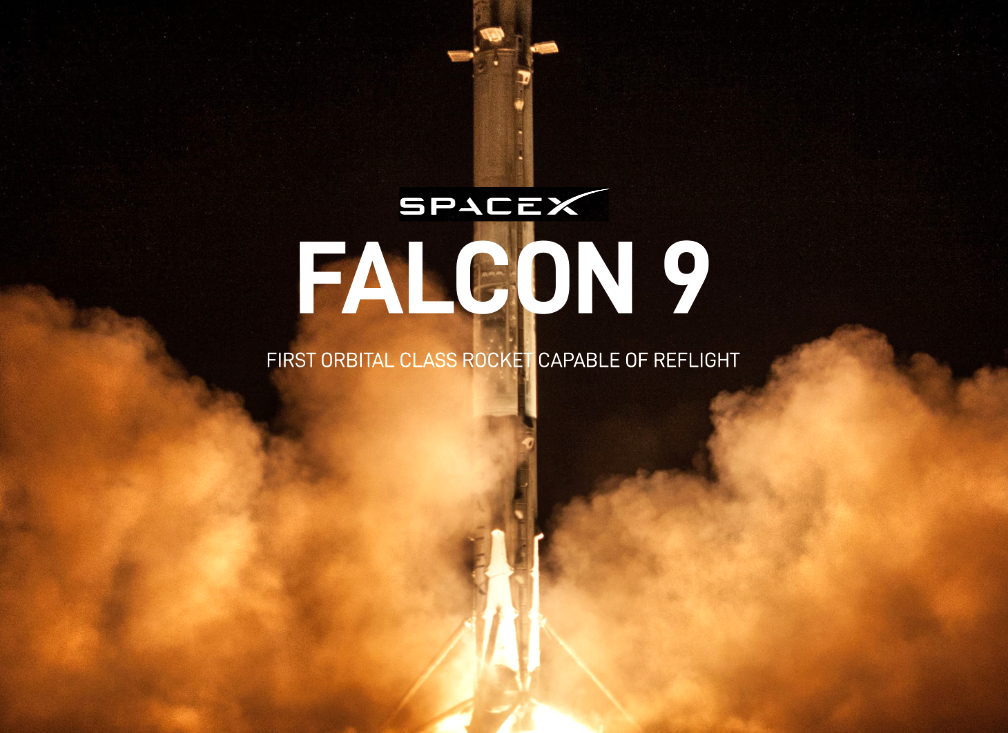
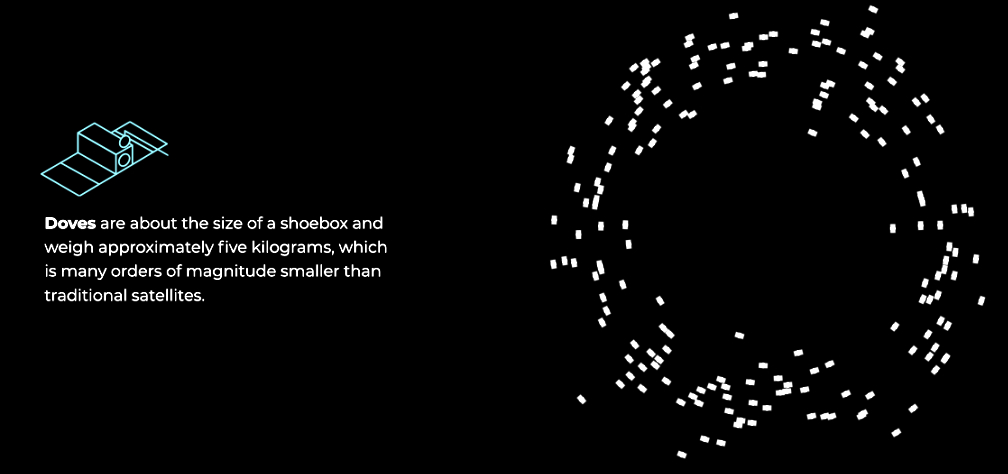

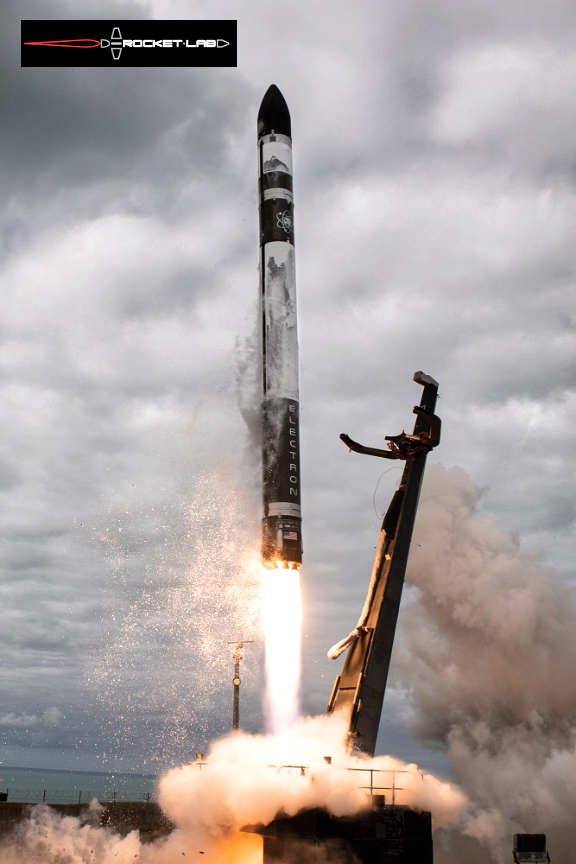
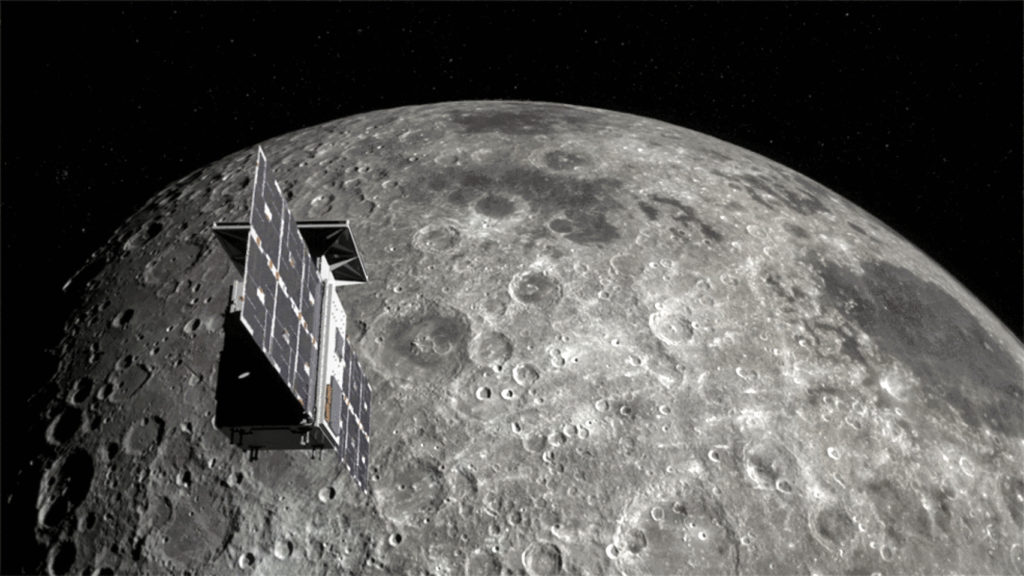
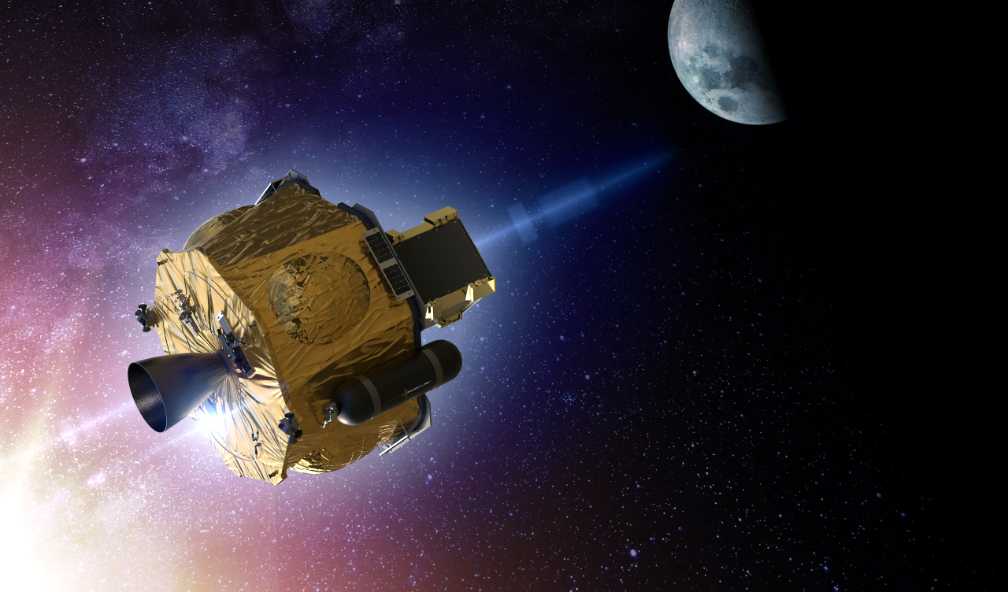
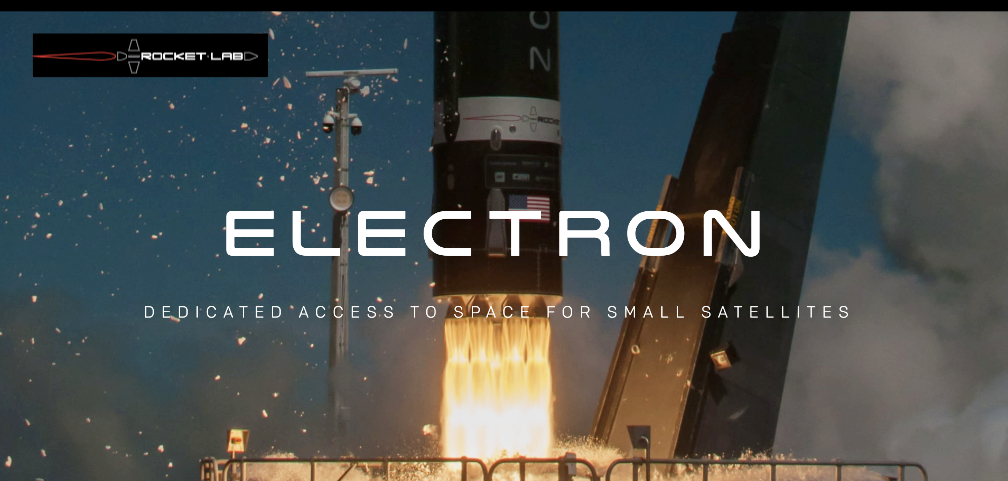
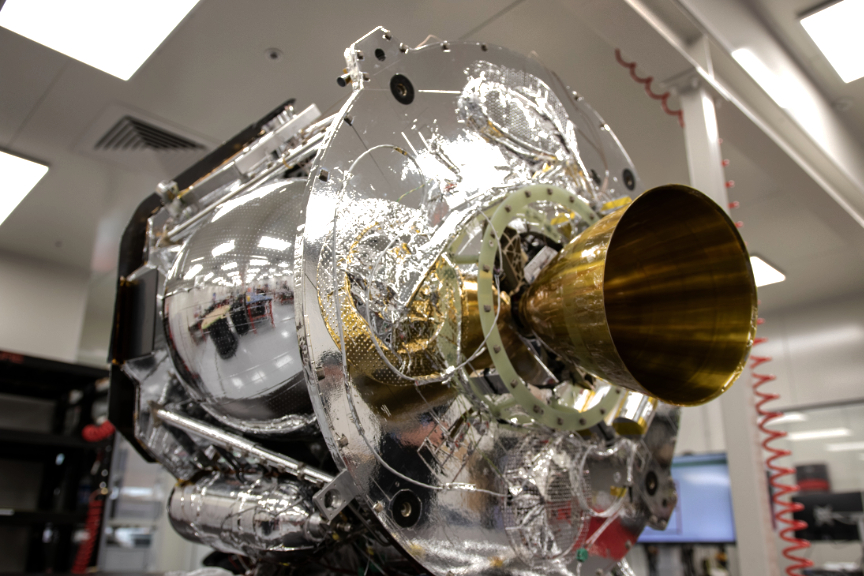
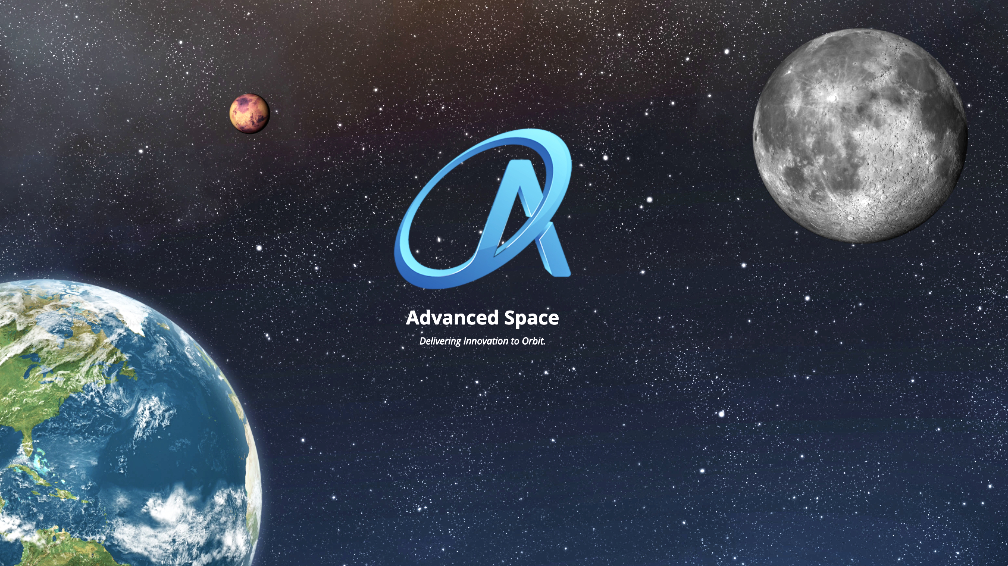
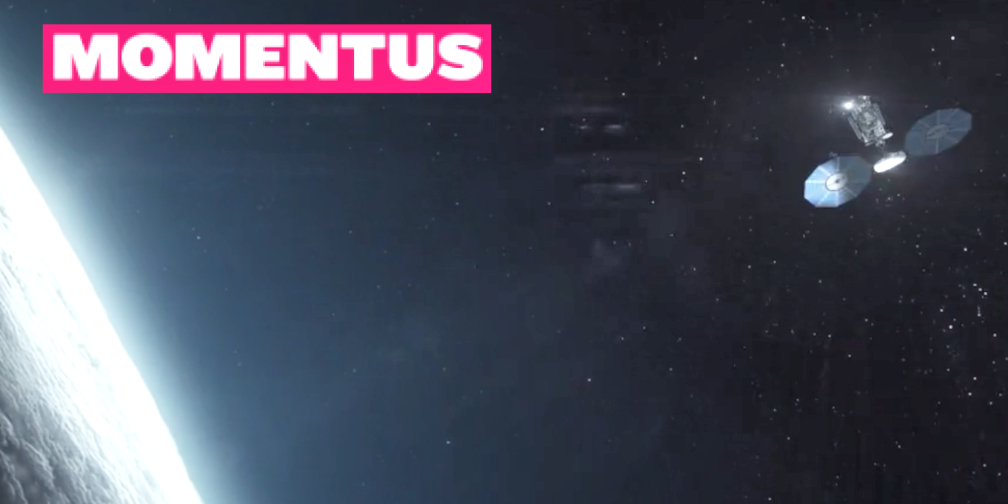
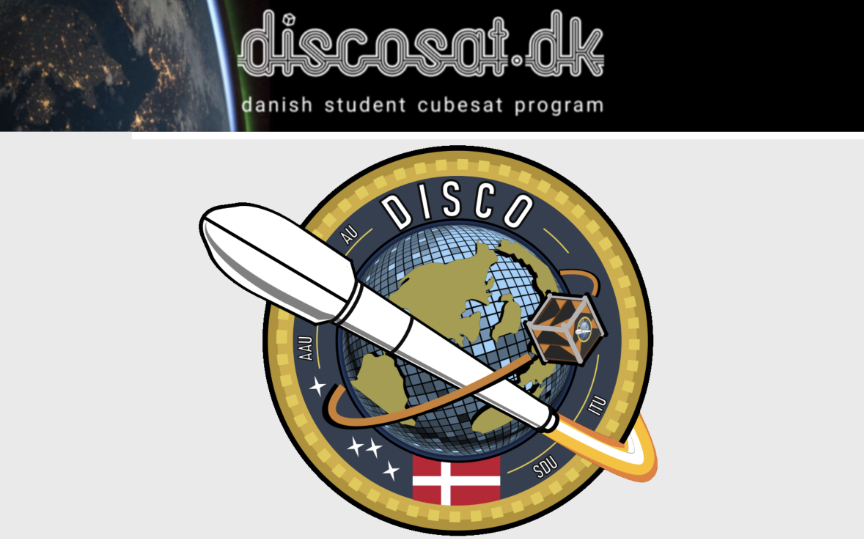
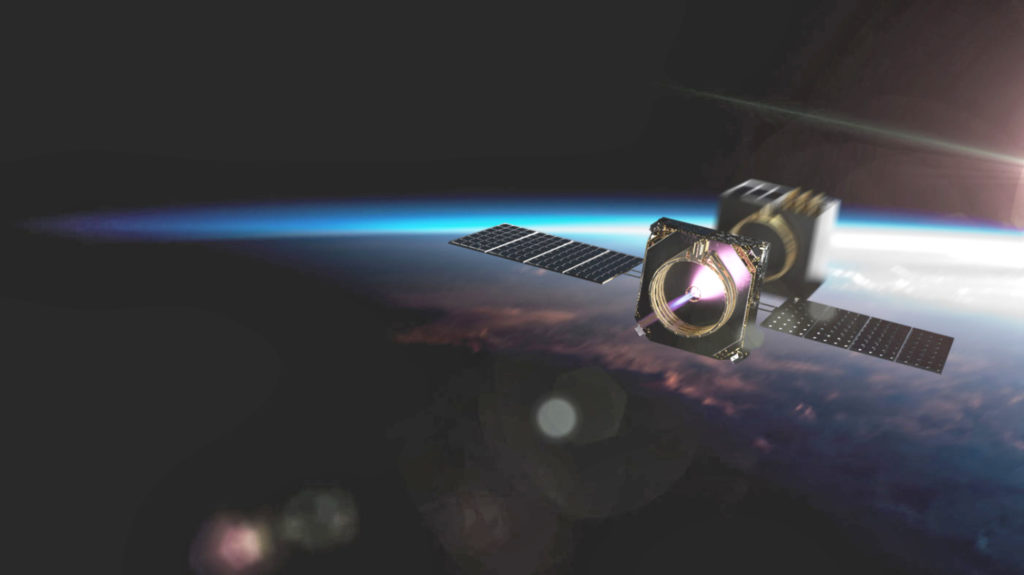

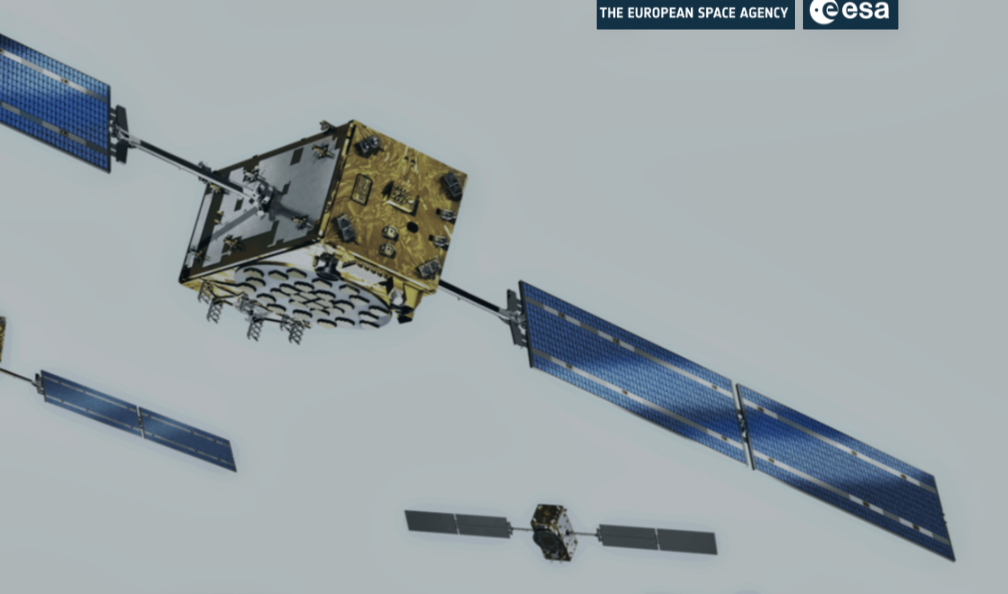
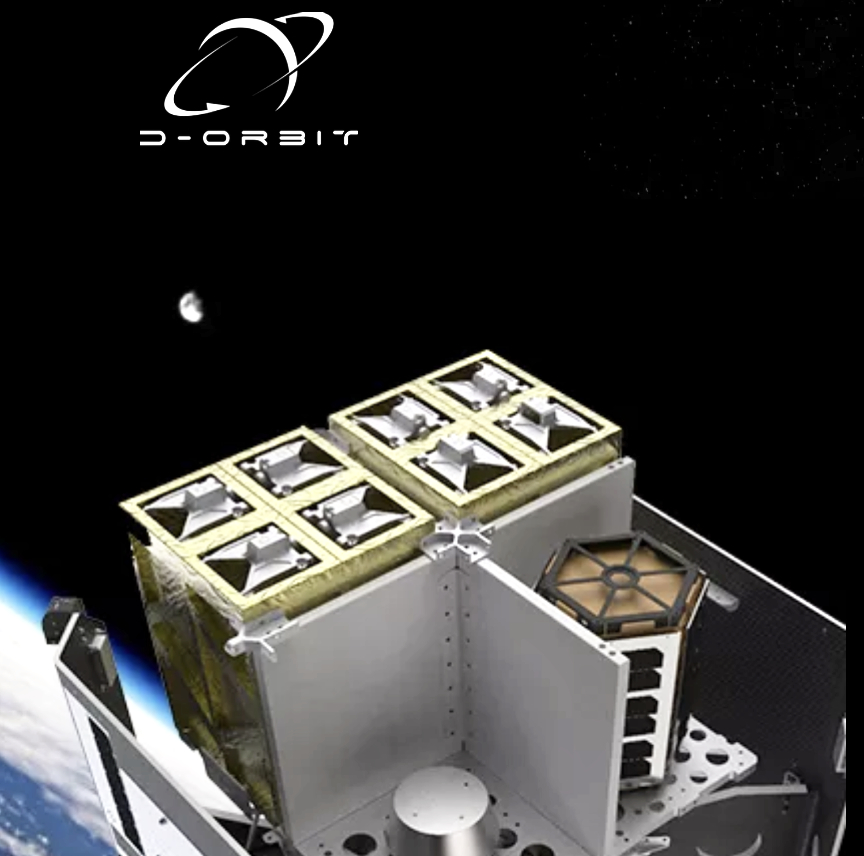
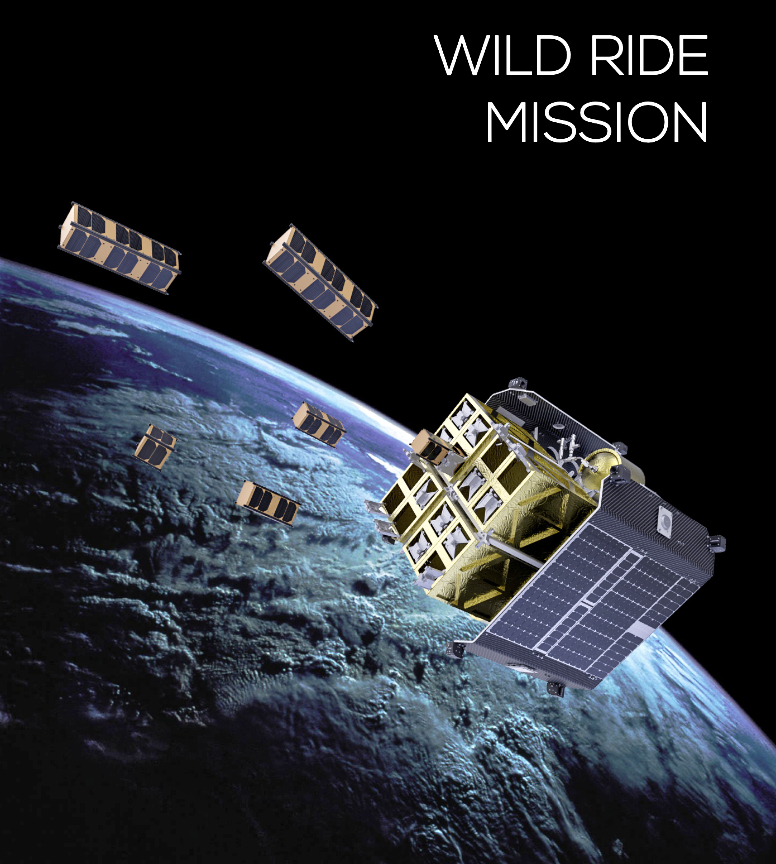
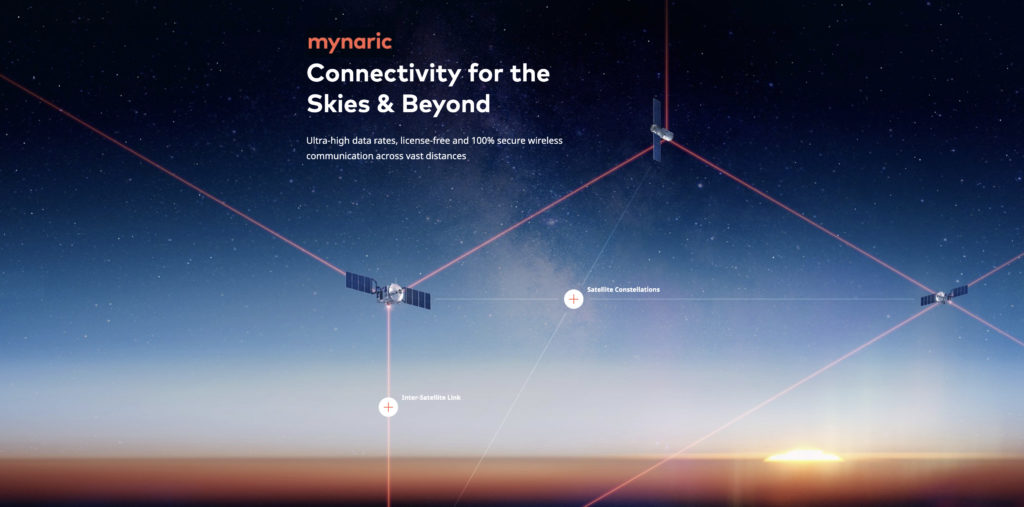
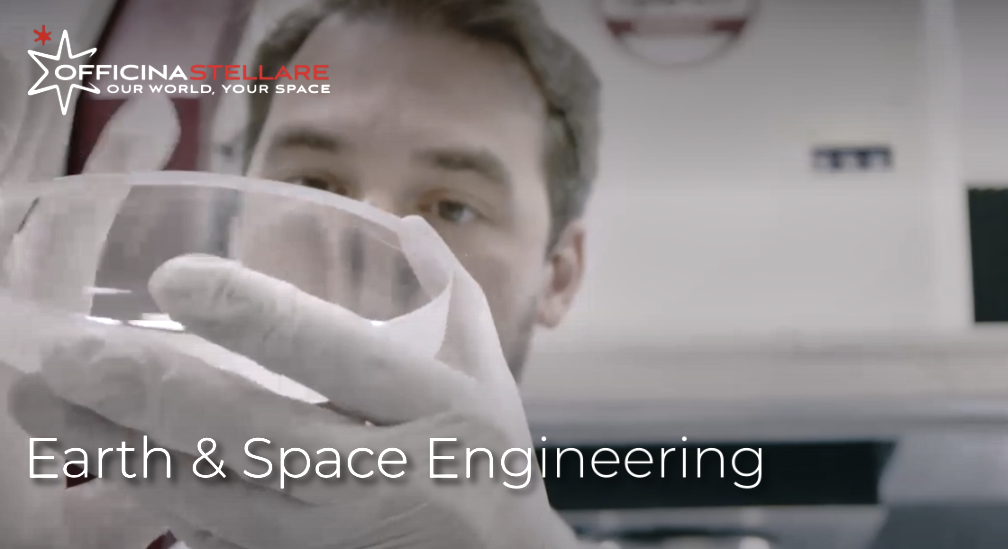
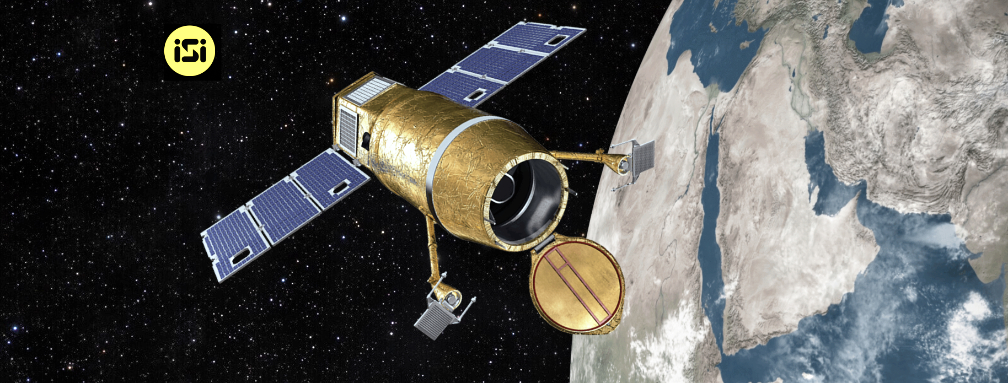

 (Next Generation) EO satellite constellation. ISI is part of an exclusive group of companies that operate ultra-high resolution, EO satellite constellations that are serving Governments, Institutions, Defense & Security organizations and Commercial customers with unique, mission-critical intelligence capabilities.
(Next Generation) EO satellite constellation. ISI is part of an exclusive group of companies that operate ultra-high resolution, EO satellite constellations that are serving Governments, Institutions, Defense & Security organizations and Commercial customers with unique, mission-critical intelligence capabilities.
